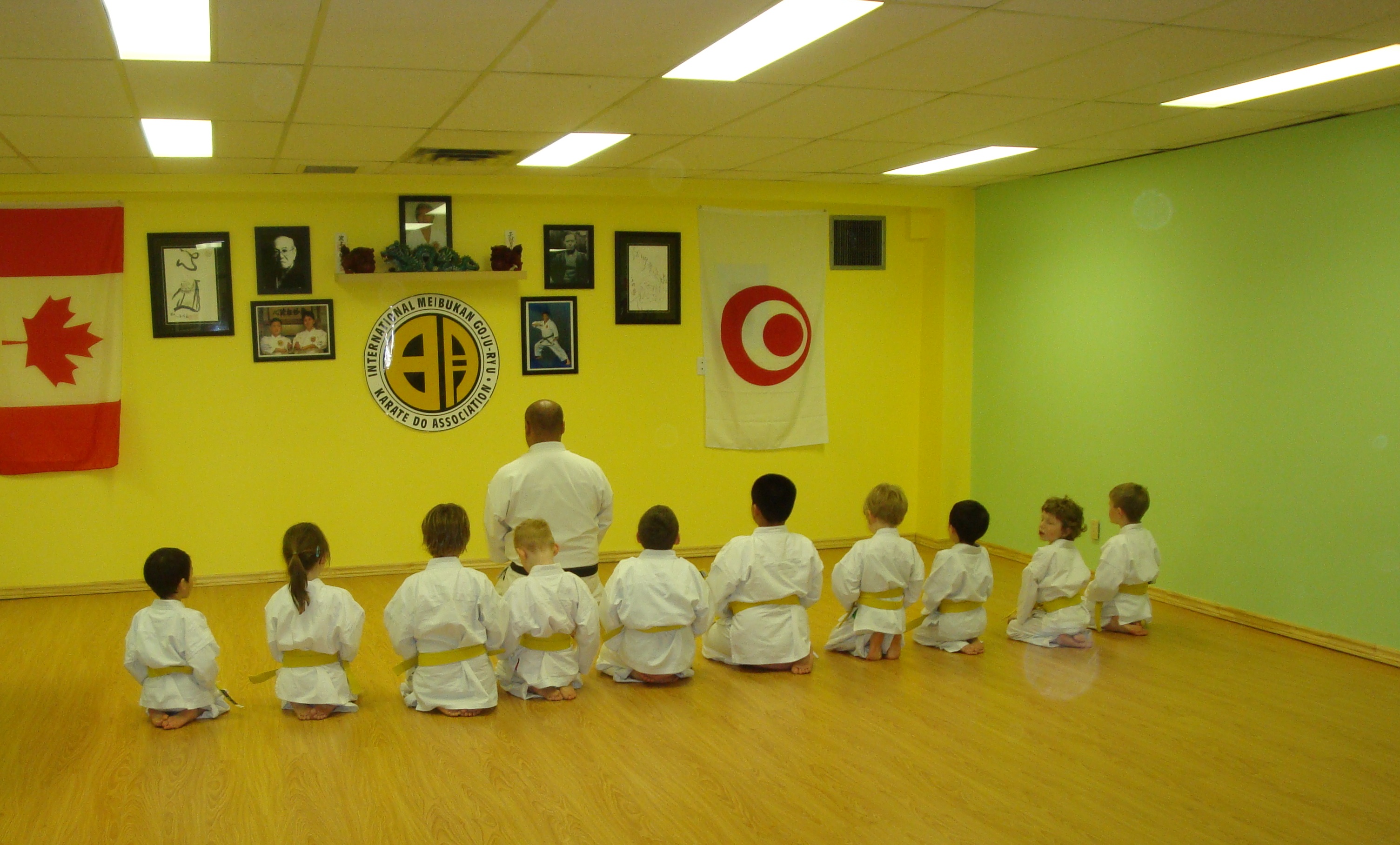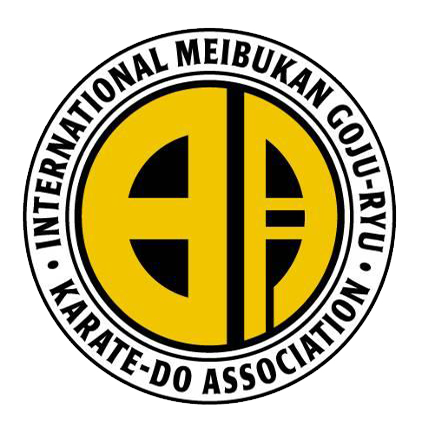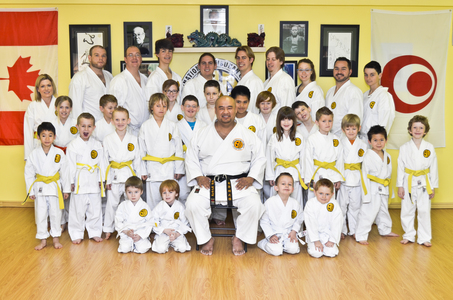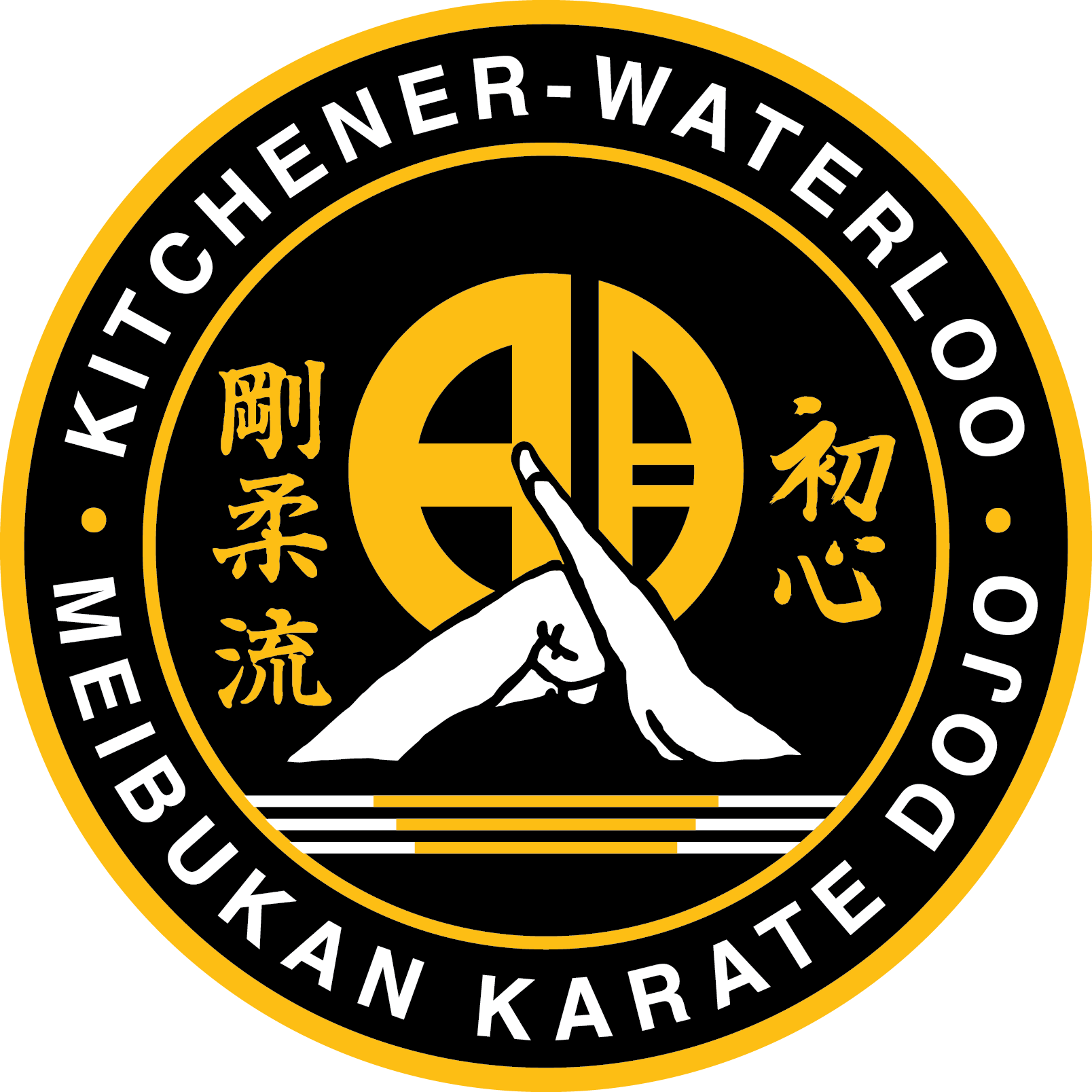Our Dojo
Welcome to our dojo, we currently have a partnership with the Parkminister United Church and train in the gymnaisum.
Karate and the traditional martial arts teach us to cooperate and to seek perfection of character. While karate does indeed foster physical fitness, it is also about character development and pacifism. The balance sought through training and physical conditioning as well as through the exploration of martial philosophy, using the tools of intelligence and introspection, results in a richer life through deeper understanding of the self, and an appreciation of humanity. Through the pursuit and spirit of martial arts, one makes a choice to forge a steadfast and principled philosophy of life, establish a peace-oriented view of the world, cultivate physical strength, learn the values of courtesy and patience, and pave the way for international friendship as we have dojos around the world.
In the current mainstream fighting arts such as the Mixed Martial Arts (MMA) and Ultimate Fighting Championships (UFC), if you lose a rule-based, submission style fight you can train for another day, month, or year and maybe win your next match. In traditional karate, you train for a real life self-defense situation where you have only the one moment. The idea of hi to tsuki, one moment, one opportunity, one punch to finish your attacker. There is no second chance; either you are injured (sometimes seriously) or you call upon your training and defeat your attacker.
The roots of Meibukan Gojyu Karate and the principles of Gojyu-ryu go back to China, Okinawa and Japan. The fluidity of Chinese White Crane Kempo, the basics of the southern Shorin-ji of China, the northern Chinese techniques of smooth Hakke Sho palm techniques, and Tai Chi Chaun have all contributed to Gojyu-ryu practice and philosophy.
Found within this system of karate are elements of Judo, Ju-Jitsu
and Kung Fu. Circular blocking techniques, powerful punches and kicks,
and the utilization of joint locks, arm bars and throwing techniques
characterize this martial art. Additionally we focus on proper breathing
methods to cleanse, strengthen and tap into our internal energy - Chi.

Ginchin Funokoshi, the founder of modern karate, developed the '20 Precepts of Karate' and his first precept was 'Karate always begins and ends with respect'. Another of his precepts 'There is no first attack in karate' (katate ni senti nashi) aims to guarantee that the Way of Karate is kept free from any form of aggression; therefore attacking first is an aggressive act and is contrary to the spirit of Karate, but also to life itself.
Karate is built on respect. In other words, respect for life predominates all Martial Arts practice and training. So, when my students say to me 'What is the best self defence technique', I always tell them it is not to be there and not to allow yourself to get into any situation where you need to use your training. Not being in the situation allows you to not be attacked. And the best way not to hurt anyone else to walk away. That way no one gets hurt, since the object of the Martial Arts is self perfection. There is no perfection in aggression or violence. Therein lies the ethics of Martial Arts since it seeks to preserve the truth, harmony, and reality of our world in which we live in.
Dojo Reigi -Etiquette-
Reigisaho is the Japanese word for Etiquette, Manner or Conduct. The Dojo is a sacred place where we train ourselves physically and mentally. All students should respect the Dojo and observe the following Regisaho:
1. Address the Chief Instructor as Sensei (teacher) and Assistant Instructors as Sempai. Pay respect to the Sensei or Sempai’s when given a direction by acknowledging with a bow and moving smartly, neatly and quickly to the direction.
2. Before entering the dojo, no food or gum, remove outer clothing, footwear and no jewellery or bracelets. After taking off your shoes at the entrance, place them neatly in order. If you find shoes in disorder, place them in order. The Dojo is YOUR sacred place to train; help keep it clean and treat it with respect.
3. Before entering or exiting the Dojo, show respect by bowing facing inward to the Dojo front wall.
4. Always show up to class early, be prompt, changed and ready to train 15 minutes prior to the start of class.
5. No sparring, or using equipment without express permission of the Sensei.
6. Always keep your uniforms clean and tidy. Should your uniform become undone, it is proper Reigi to turn away from the front wall, kneel and fix it.
7. Once in the dojo and training, listen carefully and seriously to the advice and instructions given to you by the Sensei or Sempai’s.
8. Remember when training in the Dojo; no hands on hips, no hands or arms crossed in front of your chest, and no leaning on the walls. Always stand at the ready position.
9. Do not forget to thank your training partners (Arigato Gozaimusta) along with those who give you advice on Karate.
10. In Martial Arts your word is your bond. Your integrity and being a good person is as important as your training, do not break your word and always be a good person.
11. Keep your finger and toe nails short to prevent injury to other students when training together.
12. If you are injured, please report it to Sensei before class.
13. If you have a question in class please raise your hands.
14. Everyone is expected to work hard, do their best. Do not use the words, “I can’t”. Always have a positive attitude, Endure and have fun.
15. Provoking violence in the Dojo or in the community will result in immediate expulsion from our Dojo.
The Kitchener Waterloo Meibukan Karate Dojo is proud to be a member of the prestigious International Meibukan Gojyu-Ryu Karate-do Association under the guidance of Master YAGI, Meitatsu - Hanshi/Judan.
The Meibukan Crest

MEI TO WA AKARAKA DE SUJIO TOSU I
Reads the Mei of Meibu-kan correlates to the Karateka's overall character
and personality is pure, clear minded, having a good heart. The Kanji Mei
appears in all of the men's names of the YAGI Family.
IN / YO (Hi to Tsuki)
The first meaning Sun (HI) and the second meaning moon (TSUKI).
This meaning in itself is symbolic of the style's origin. Gojyu-ryu means
Hard/Soft Style. The techniques and philosophies of the style revolve around
dualities in nature, so the Kanji sun and moon represent this.
AH UM HI WA SHIMARI TSUKI WA HIRAKU
Ah means exhaling (open), represented by the kanji for moon. Um mean inhaling
(closed) represent by the kanji for sun. Again here is a duality of nature.
GOJYU HI WA FUTOKU TSUKI WA HOSOKU GOJYU-RYU WO ARAWASU
The sun is thick, constant. The moon is slender, flexible.
This expresses the hardness and the softness of Gojyu-ryu.
ICHIGEKI HISSATSU HI TO TSUKI
The character Mei combines sun and moon to read Hito Tsuki which means
in the context of Karate technique “ONE PUNCH”. To a Karateka
this is one of the most important aspects of classical Karate-do. Hito
tsuki (one punch) is a concept that deals with the Karateka's awareness
of every time that they practice in the Dojo they must give 110% both
physically and mentally and think as if the technique thrown could possible
be their last.
The Dojo Creed:
Be Respectful,Seek Perfection of Character - Integrity, honor, be a good person,
Endeavor to excel in the doho and in your life,
Never give up - endure,
Refrain from Violent Behavior
Our teaching style at the dojo is based on this Chinese proverb:
"Tell me I will forget, show me I will remember, involve me and I will understand"


Hands/Mountain: Hands in the starting posture found in Meibuken kata, representing a covering of the right hand in a show of peace and representing "I will not hurt you". The hand and fist is also shaped to appear as a mountain, which is both solid and grounded, representing earth.
Meibukan crest: The Meibukan crest, represented as the sun/moon rising over the mountain and illuminating mind, body, and spirit onto the three waves of water showing enlightenment. Also, because the crest represents both sun and moon, this represents the fact that karate is relevant at all times.
Water: Shown as three lines, representing waves, also representing the three battles of Sanchin—mind, body, and spirit.
Kanji (left): Gojyu Ryu, "hard-soft style". Representing the style of karate we practice and a tribute to Chojun Miyagi and other masters who have contributed to the development of the karate we study.
Kanji (right): Shoshin, the Zen concept of "beginner's mind". A major element of our dojo philosophy, always maintaining a mind that is humble and open to learning without preconceptions or rigidity.